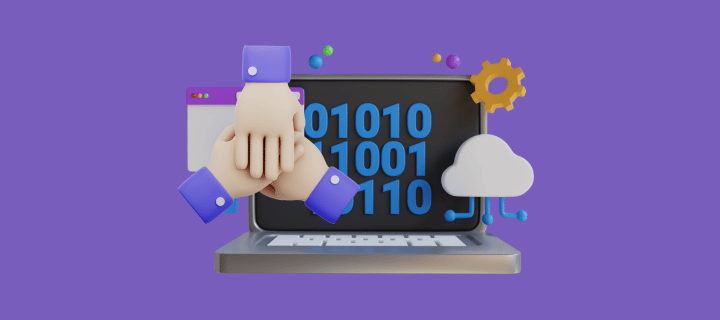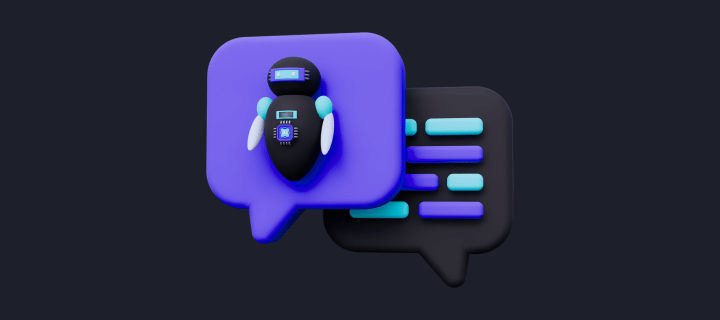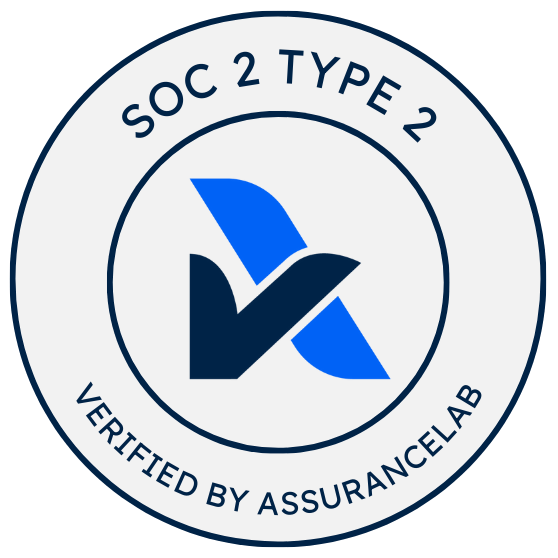
When Code Reviews Go Too Far: Finding the Balance Between Quality and Velocity
Code reviews should improve quality and knowledge sharing, not block progress. Learn how to recognize when reviews go too far and implement strategies to maintain the right balance between thoroughness and velocity.

You fix a critical bug in five lines, push the PR… and wait. Days go by. Dozens of comments pile in about naming, unrelated refactors, and philosophical disagreements. Meanwhile, users are still impacted.
It’s time to talk about where things go wrong and how to bring balance back.
⛔ The Problem: When Reviews Block Progress
The original purpose of code reviews is being overshadowed by over-engineering and perfectionism. Common symptoms include:
- Overlong delays on small PRs
- Reviewers blocking for non-functional issues
- Burnout from endless iterations
This friction slows teams, frustrates developers, and delays shipping value.
🚩 5 Ways Code Reviews Go Too Far
🔍 1. Perfectionism Paralysis
Excessive nitpicking on naming, formatting, or micro-optimizations while missing critical logic issues makes the review process counterproductive. These small details can often be handled by automation.
📈 2. Scope Creep During Review
What started as a simple bug fix becomes a major refactoring effort because reviewers keep adding “nice-to-haves” during the review process. This extends timelines and introduces new risks.
🔄 3. Analysis Paralysis
When multiple reviewers provide contradictory feedback, authors can become stuck in an endless loop of revisions. Without clear decision-making processes, PRs remain open indefinitely.
🧰 4. The Kitchen Sink Reviewer
Some reviewers feel obligated to comment on every aspect of a PR, regardless of the scope. This overwhelms authors and obscures truly important feedback.
📏 5. Standards Without Context
Applying the same strict standards to experimental code or emergency fixes as to core production systems creates unnecessary friction. Different types of changes warrant different levels of scrutiny.
When developers face an exhaustive review process, they delay submitting work or batch changes into massive PRs. Junior team members become particularly discouraged when faced with overwhelming criticism. Meanwhile, critical fixes delayed by days or weeks impact users and damage trust, while features sitting in review queues represent lost market opportunities.
⚖️ How to Bring Back Balance in Code Reviews
🎯 Risk-Based Review Intensity
Not all code changes are equal. Calibrate review intensity based on risk, impact, and complexity.
⏱️ Time-Boxing and SLAs
Establish clear timeframes for reviews and processes for handling delays. Train reviewers to distinguish between blocking issues and suggestions for future improvement.
📋 Clear Review Guidelines
Define what constitutes a blocker versus a nice-to-have. When should suggestions be deferred to future PRs? Having these conversations proactively reduces review friction.
🏗️ Build the Right Culture
Foster a culture where improvement is continuous rather than blocking. Teams should understand that shipped code is better than perfect code sitting in a PR.
🛠️ Tools and Techniques That Help
🤖 Automation First
Let machines handle style, formatting, and common errors. This allows human reviewers to focus on logic and architecture.
🧠 AI Reviewer Tools
AI tools can speed up first-pass reviews by suggesting improvements, summarizing PRs, and flagging potential issues, freeing human reviewers to focus on strategic concerns.
✅ Review Templates & Checklists
Templates create structure and consistency. Different templates can focus on different aspects depending on the type of change.
💬 Sync When Needed
Sometimes a 15-minute call can resolve what would otherwise be days of back-and-forth comments. Don’t be afraid to move complex discussions offline.
A good code review culture isn’t about catching everything; it’s about catching what matters.
The best code reviews serve as guardrails, not roadblocks. They protect the codebase while enabling teams to move quickly and confidently.
Remember: the ultimate goal isn’t perfect code, but rather delivering value to users while maintaining a sustainable, evolving codebase. Finding the right balance means continually reflecting on your team’s review process and being willing to adjust when things start slowing down rather than speeding up.
🚀 How PullFlow Can Help
PullFlow, the first collaboration platform for co-intelligent (human + AI) software teams, directly addresses these code review challenges.
By combining human expertise with AI capabilities, PullFlow helps teams unlock up to 4X productivity through seamless cross-functional collaboration.
Try PullFlow Today
Ready to transform your code review process? Visit pullflow.com to learn how our platform can help your human+AI team find the perfect balance between quality and velocity.


